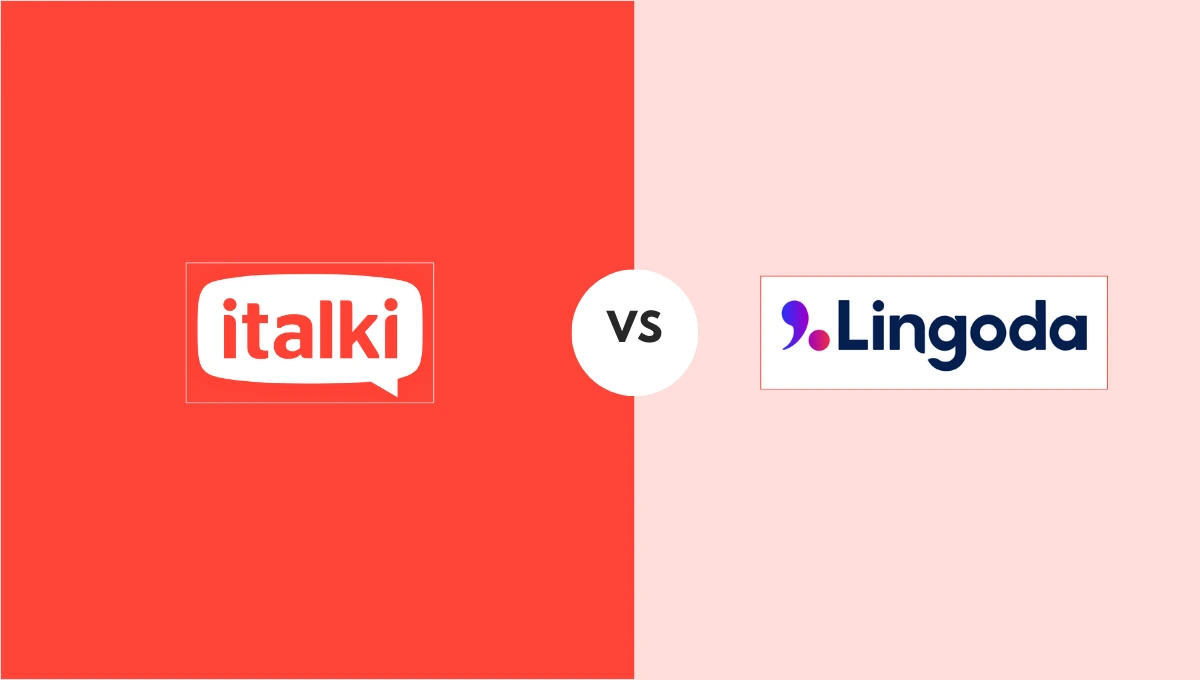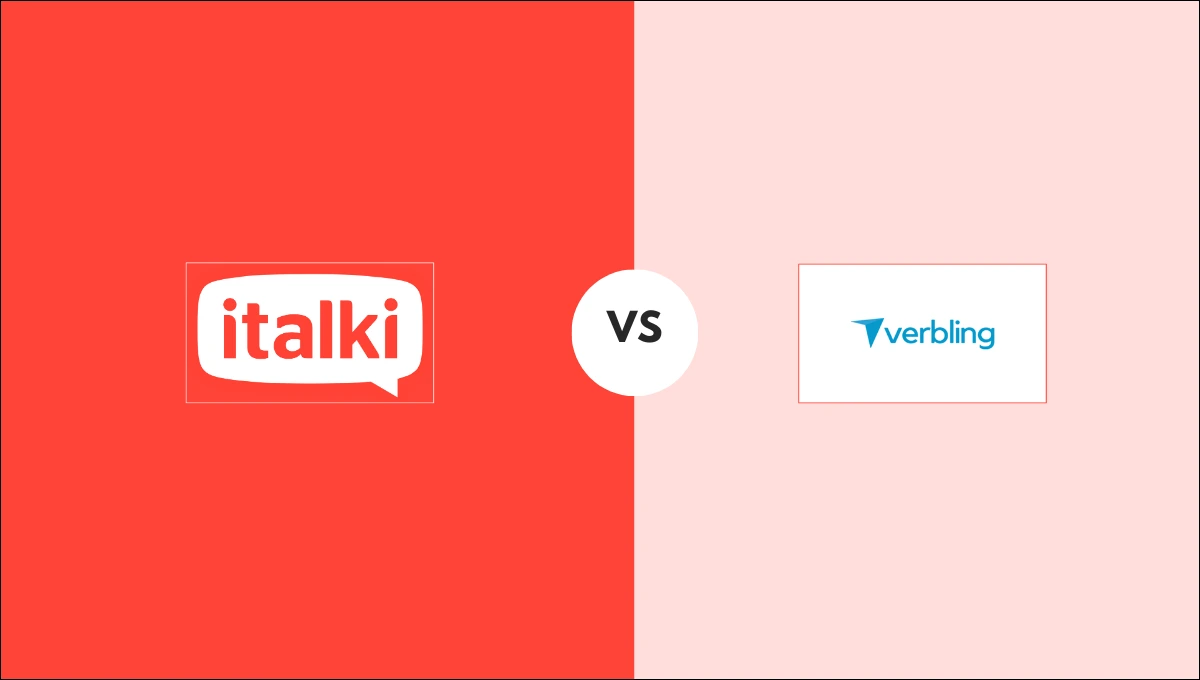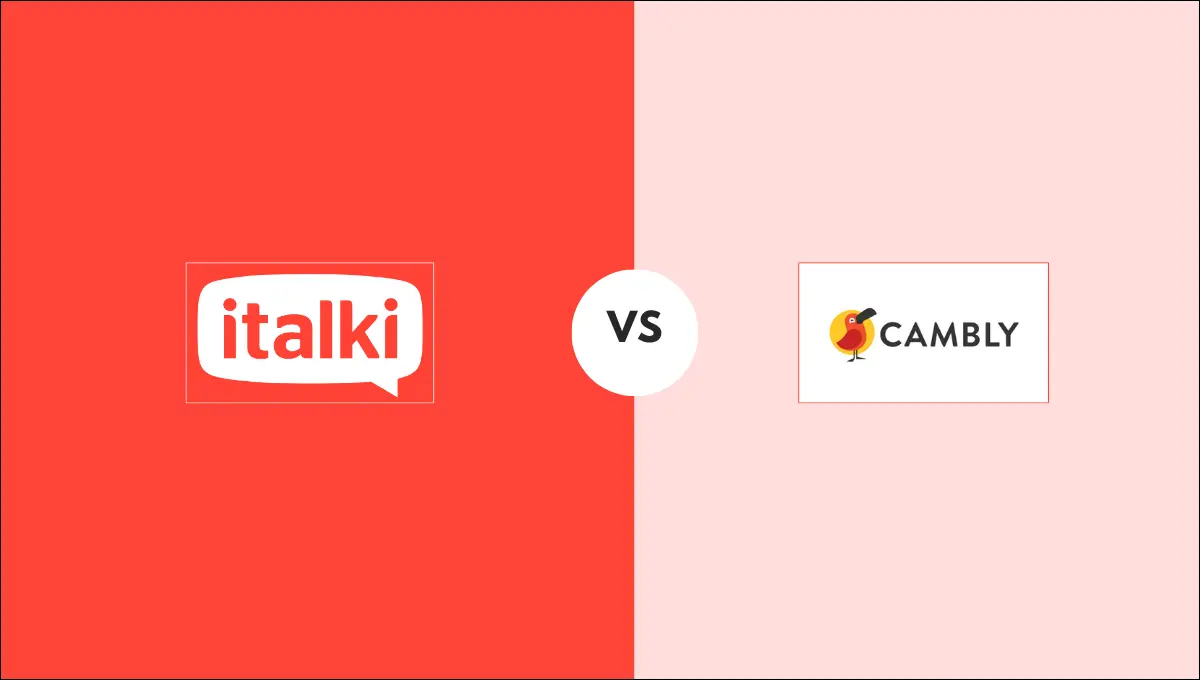Many learners frequently inquire about the distinctions between American and British English. Every language variety and dialect can appear strange, so it all depends on your perspective. Even native speakers do not fully understand other dialects of English, particularly slang words and there are some general differences between the two accents that you should be aware of.
There are many differences between American accents and even more differences between various British accents. If you are an English learner, you need to know the prominent differences between the dialects.
Features of British English
1. Difference of ‘r’ at the end of the word
This is one of the first distinctions that people make between different dialects of English. In American English, the letter “r” at the end of a word is usually pronounced. It is not pronounced in most dialects of British English.
Words like “computer,” “clever,” and “brother” are examples. Most dialects will pronounce r’s at the beginning of a word, such as “red” or my name, “Ryan.”
2. Difference of ‘r’ in the middle of the word
In British English, the ‘r’ in the middle of a word is typically softer and more difficult to hear. They are a little clearer in American English. “Large,” “work,” “park,” and “turn” are a few examples.
It’s worth noting that the “r” sound in the middle of some words is always pronounced, regardless of dialect! This is true of words like “barrier” and “parent.”
3. Letter “t” as a double consonant
Another feature of American English is the tendency to make different sounds, usually with the letter “t” or two t’s, sound more like a “d.” This is less common in British English, where the t’s are usually more clearly pronounced.
In American English, “bitter” sounds almost identical to “bidder,” a completely different word. Listen to the differences between “litter,” “better,” and “butter” for more examples.
4. Letter “a” in general
Many vowels sound different, but the most noticeable difference is with the letter “a” in some words. There is a phonetic sound [ae] that combines an “a” and an “e” into one letter. This is a common sound in American English but not in British English.
As a result, words such as “dance,” “after,” and “mathematics” sound very different in British and American English. It’s difficult to describe the difference, so you should listen to them to hear for yourself.
Grammar differences between British English and American English
There aren’t many grammatical differences between British and American English. In fact, if English isn’t your first language, you might not even notice the differences. Instead, you will probably notice more differences in pronunciation and vocabulary. Still, there are some distinctions that you need to keep in mind.
1. Have — have got — got
In general, British English uses the verb phrase “have got,” whereas American English simply uses “have.”
For example:
– I have got a house (British English).
– I have a house (American English).
This makes the question formats differ, as well.
For example:
– Have you got a house? (British English)
– Do you have a house? (American English)
In addition, there is a strong tendency in American English to use “I got” to mean “I have.” In general, this is not considered proper grammar. This is most likely due to hastily saying “I’ve got,” and not clearly pronouncing the “‘ve” part. As a result, it becomes “I got,” as in “I got a house.”
For an American English speaker, this could mean that I currently own a house or that I previously owned (purchased) a house. See you need to know these differences if you want to develop an American English accent or you will end up confusing the two making your pronunciation full of errors.
2. Past tense verbs ending in “-t” and “-ed”
The simple past and past participle forms of regular verbs are formed by appending a “-ed” to the end of the word. Some common examples include:
| Infinitive | Past Simple or Past Participle |
| look | looked |
| push | pushed |
| pull | pulled |
This is generally true in both American and British English, but in British English, some regular verbs form the past tenses by adding “-t” instead of “-ed.” For example:
| Verb | British English | American English |
| burn | burnt | burned |
| dream | dreamt | dreamed |
| learn | learnt | learned |
It is worth noting that in British English, there are usually two options. In British English, you could say “burned” or “burnt,” but “burnt” is more common. For these verbs, only the “-ed” past tense form is used in American English.
3. Spelling of “-our” vs “-or”
These words are generally pronounced the same way. Only when reading or writing English will you notice these differences. A few words are spelt with the suffix “-our” in British English. In American English, there is no letter “u.”
| British English | American English |
| colour | color |
| flavour | flavor |
| favour | favor |
| favourite | favorite |
| neighbour | neighbor |
4. Spelling of “-ise” vs “-ize”
Other words with different spellings include “organise,” which is usually spelt with a “-ise” in British English. They would be “organize” with a “-ize” in American English.
| British English | American English |
| organise | organize |
| realise | realize |
| recognise | recognize |
| sympathise | sympathize |
| optimise | optimize |
5. Single vs double consonants
Some words in British English have two consonants in a row, whereas words in American English only have one. This is especially true of the letter “l.” In British English, two are frequently used, whereas, in American English, only one is used.
| British English | American English |
| travelled | traveled |
| cancelled | canceled |
| modelled | modeled |
| labelled | labeled |
| signalled | signaled |

Find Your Perfect Teacher
At italki, you can find your English tutor from all qualified and experienced teachers. Now experience the excellent language learning journey!
Book a trial lesson
Vocabulary differences between British English and American English
Vocabulary is the area of communication between native speakers that causes the most confusion. If you are learning American English and planning a trip to the United Kingdom (or vice versa), these are some of the most noticeable differences.
| British English | American English |
| aeroplane | airplane |
| biscuit | cookie |
| chemist | drugstore pharmacy |
| chips | french fries fries |
| crisps | chips |
| dustbin | trashcan garbage can |
| cinema | movie theater |
| film | movie |
| fizzy drink | soda pop |
| flat | apartment |
| football | soccer |
| holiday | vacation |
| jumper | sweater sweatshirt |
| lift | elevator |
| lorry | truck |
| maths | math |
| mobile phone | cell phone |
| nappy | diaper |
| pants | underwear panties |
| trousers | pants |
| pavement | sidewalk |
| petrol | gasoline |
| post | |
| pram | stroller |
| queue | line |
| to ring | to call |
| rubber | eraser |
| sweet(s) | candy |
| toilet (general) loo (informal) | bathroom (private) restroom (public) |
| trainers | sneakers tennis shoes |
| the underground the Tube (London) | the subway |
| wardrobe | closet |
| z (“zed”) | z (“zee”) |
You need to remember these words and their key differences while traveling. Otherwise, you wouldn’t understand some of the conversations and their meanings.
Learning the English language with italki
No matter what your preferred dialect is, learning English is now easier with italki. Getting a good online English teacher minimizes half of the difficulties by setting out the right learning pace and direction.
Visit the website and pick the instructor of your choice. Set out your learning goals in interactive one-to-one sessions. You can also learn British English slang through conversational exercises. Book your lessons today and set the tone required to become a fluent English speaker.
Conclusion
You have learned some key differences between British English and American English. Keep a closer look whenever you see an English piece next time to point out these differences. In fact, these differences are the real beauty of different English dialects and accents.
Enroll in italki to get an opportunity to have practical exposure to the language. Here, you will find native instructors to hold English conversations for beginners, allowing you to polish your English speaking and writing skills.
Popular English lessons
- English speaking lessons
- English lessons for kids
- Business English lessons
- English grammar lessons
- IELTS lessons
- TOEFL lessons
- CPE lessons
- TOEIC lessons
- BEC lessons
- PET lessons
- ILEC lessons
- KET lessons
- FCE lessons
- CAE lessons
- Duolingo English test preparation lessons
People also learn


















